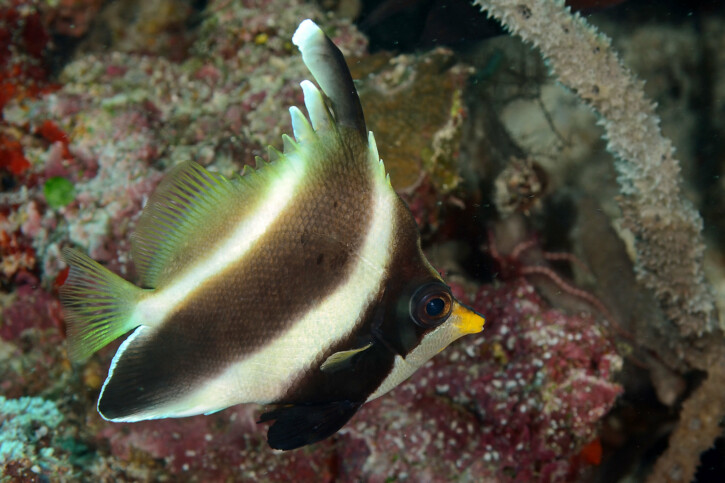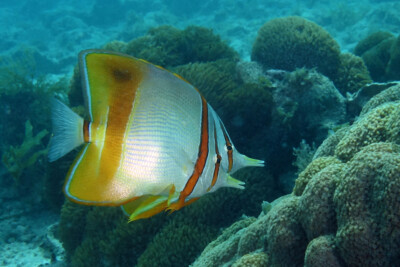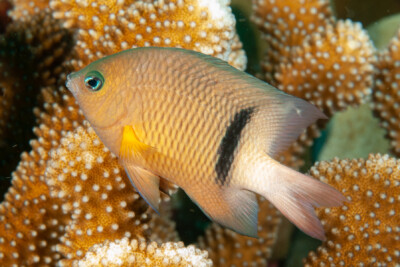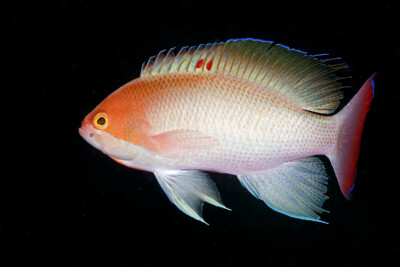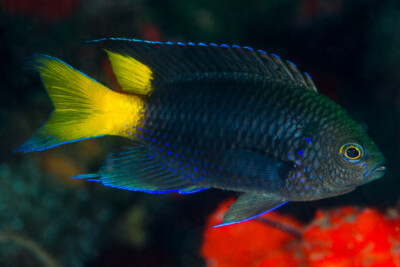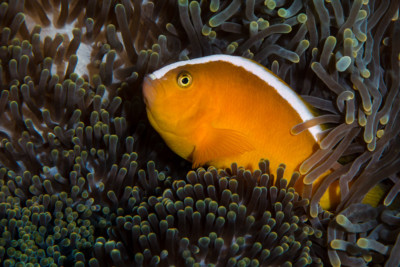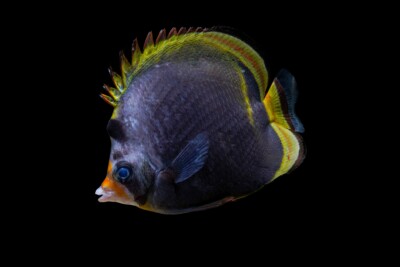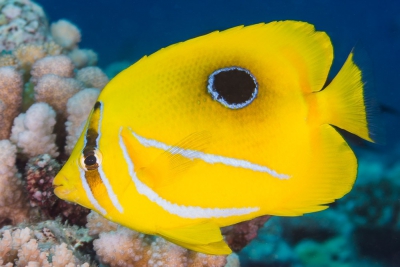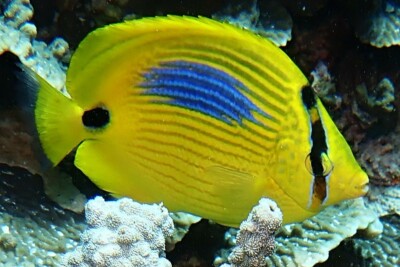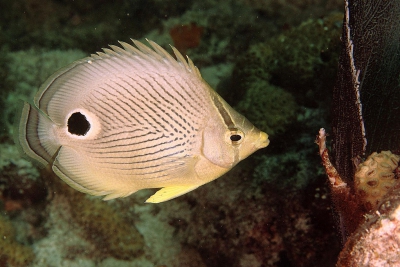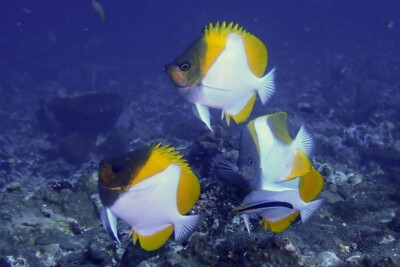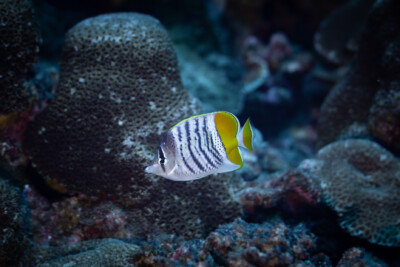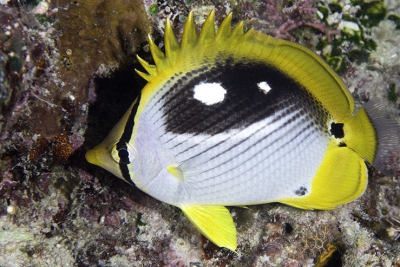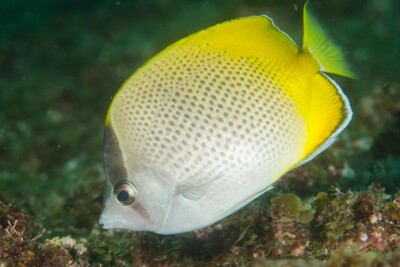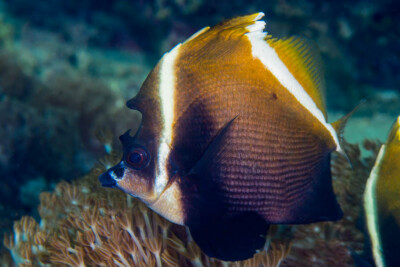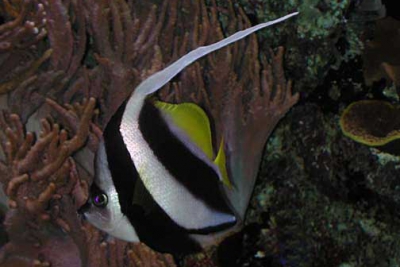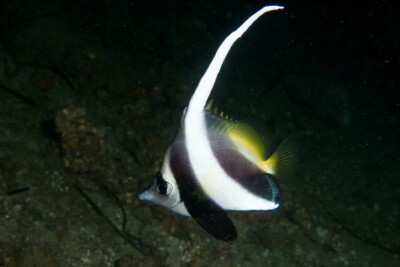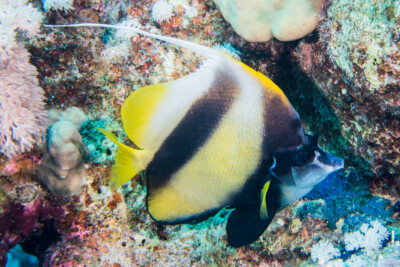threeband pennantfish
| Family | Chaetodontidae |
|---|---|
| Genus | Heniochus |
| IUCN category (World) | LC |
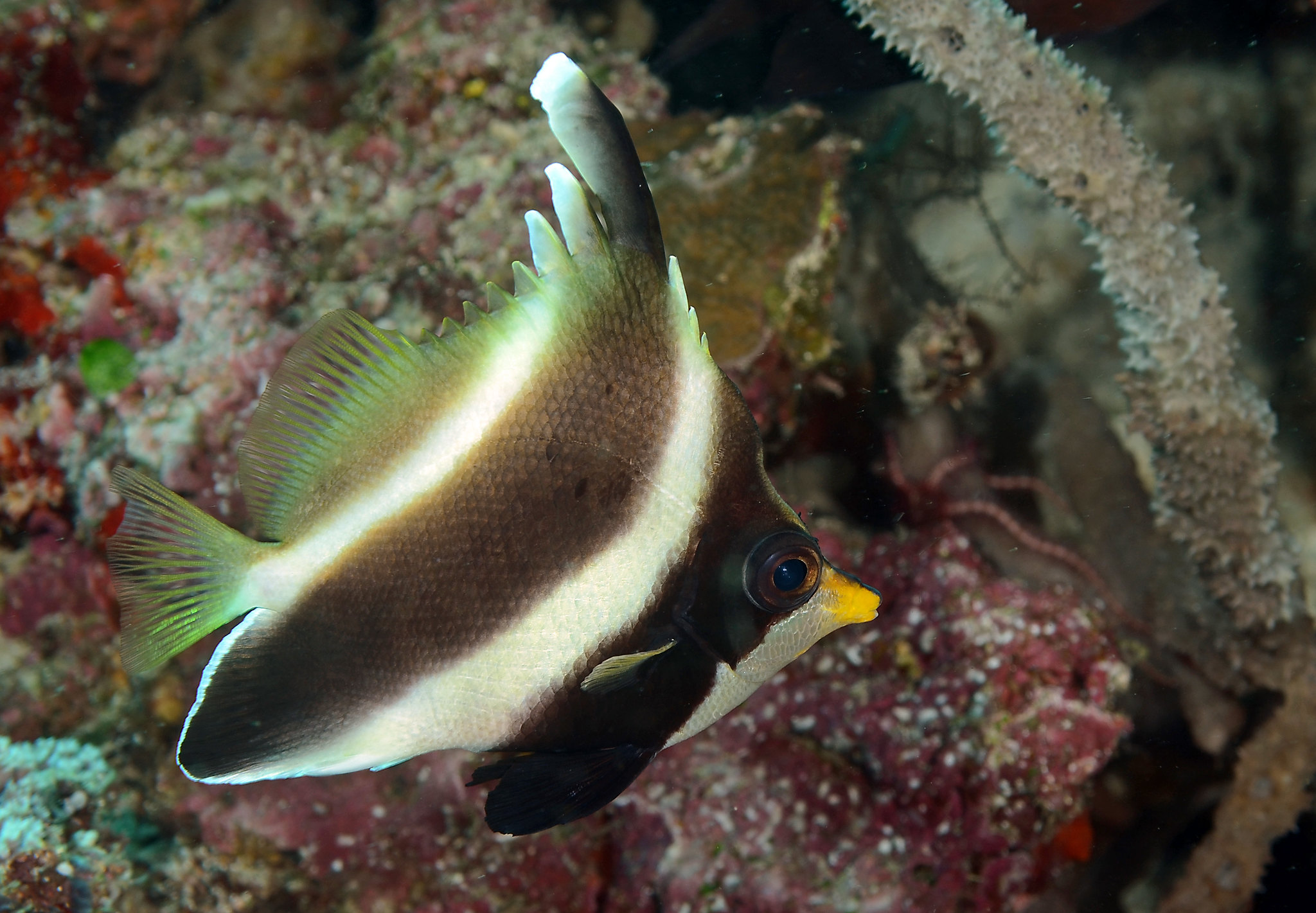

Introduction
heniochus-chrysostomus, commonly known as threeband pennantfish, is a salt water fish.
This sheet is currently being prepared. The texts currently proposed come from our data model or are being drafted. To request priority for this content, you can write to us HERE.
Who is it?
Morphology
-
Average size16 cm
-
Maximum size18 cm
-
ShapeTriangular
-
Patternvertical stripes
-
Average size16 cm
-
Maximum size18 cm
-
ShapeTriangular
-
Patternvertical stripes
How to recognize This fish ?
The threeband pennantfish measures between 16 and 18 cm. This fish is bicolore with a predominantly noir and blanc body. The also has vertical stripes.
Behaviour & Life cycle
-
dietcarnivorous
-
Sociabilityliving as a couple
-
territorialNo
-
Way of livingdiurnal
The threeband pennantfish is a fish living as a couple naturally found at mid-depth and near the bottom. This species is carnivorous .
n general, this species does not care much about other animals crossing its path.
Reproduction
-
Reproductionovipare
The threeband pennantfish is a fish ovipare.
Risks for humans
-
VenomousNo
Origin and distribution
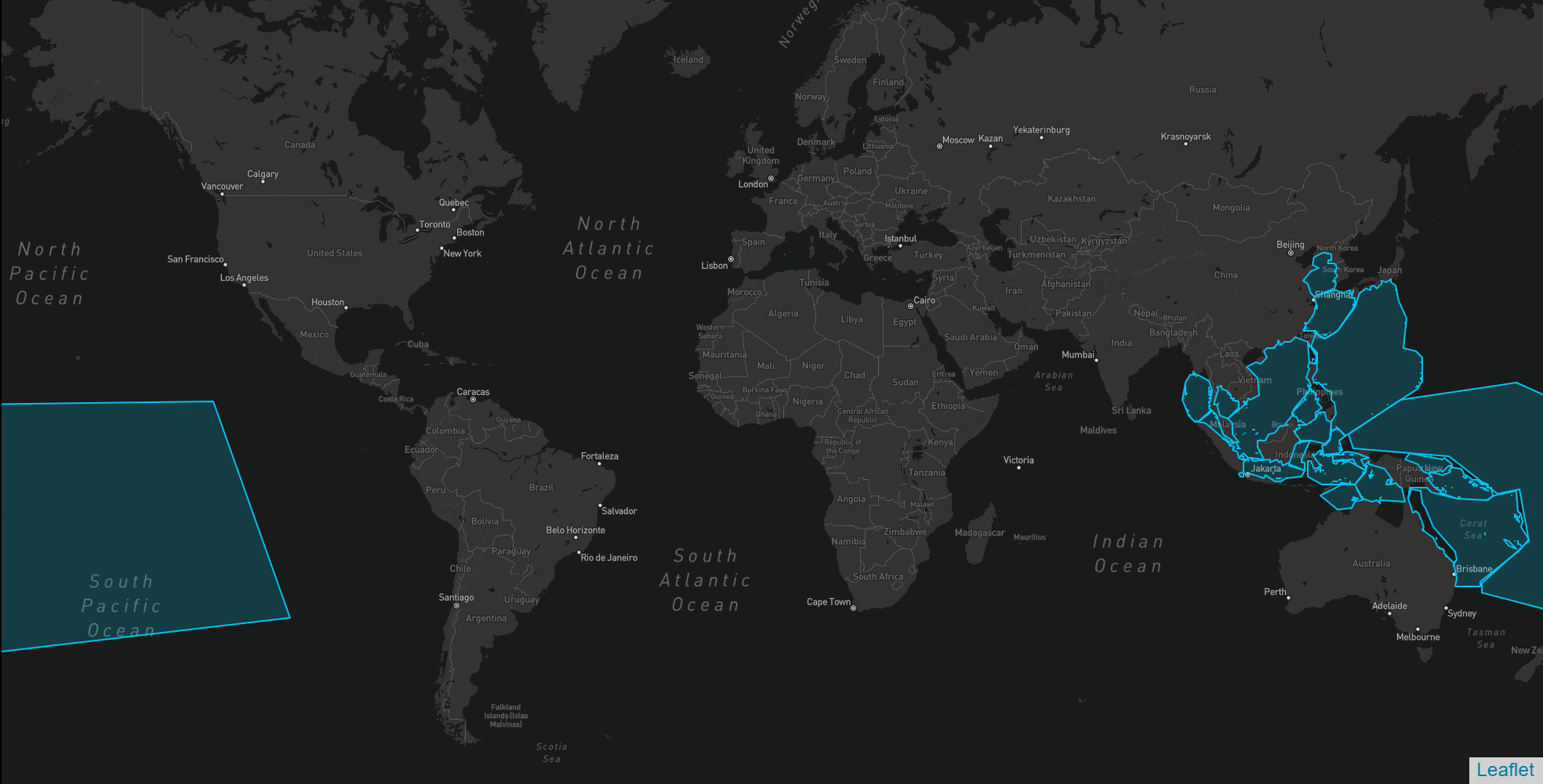
What is its habitat?
Natural environment characteristics
-
Depth2 - 40 m
Biotope presentation
The threeband pennantfish is most often found at a depth between 2m and 40m. However, it is not impossible to find this species at other depths.
Species of the same biotope
To go further
Sources & Contributions
Participation & Validation
The Fishipedia team and specialist contributors are committed to providing high-quality content. However, although the information comes from scientific sources or testimonials from specialists, the cards may contain inaccuracies.

Aurélien Calas
Translation
Translation done with the valuable contribution of our translators, who make this information available to a wider audience. We sincerely thank them for their commitment.
Scientific partners
Tags
Species of the same family
Same genus
Species of the same biotope
